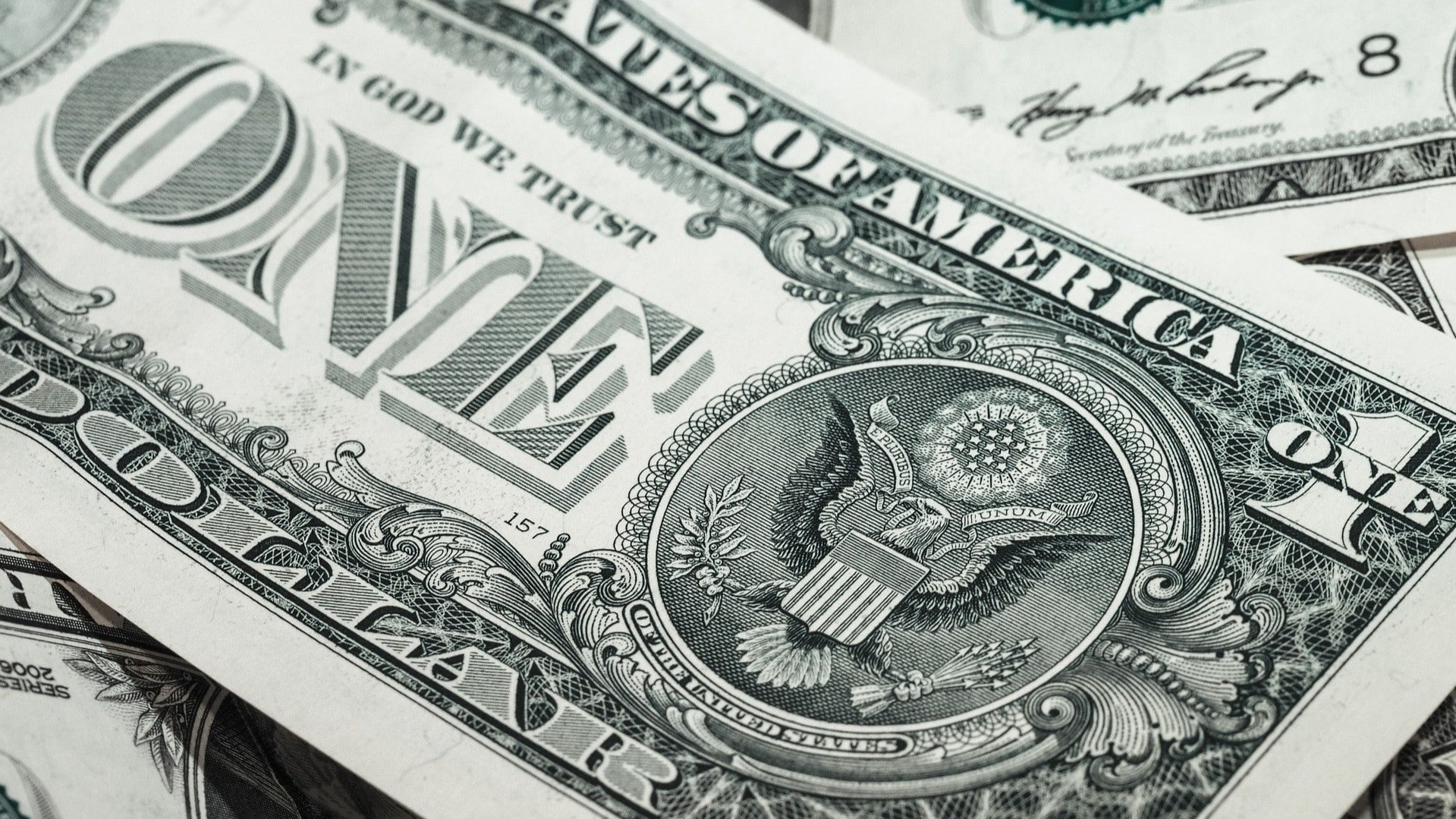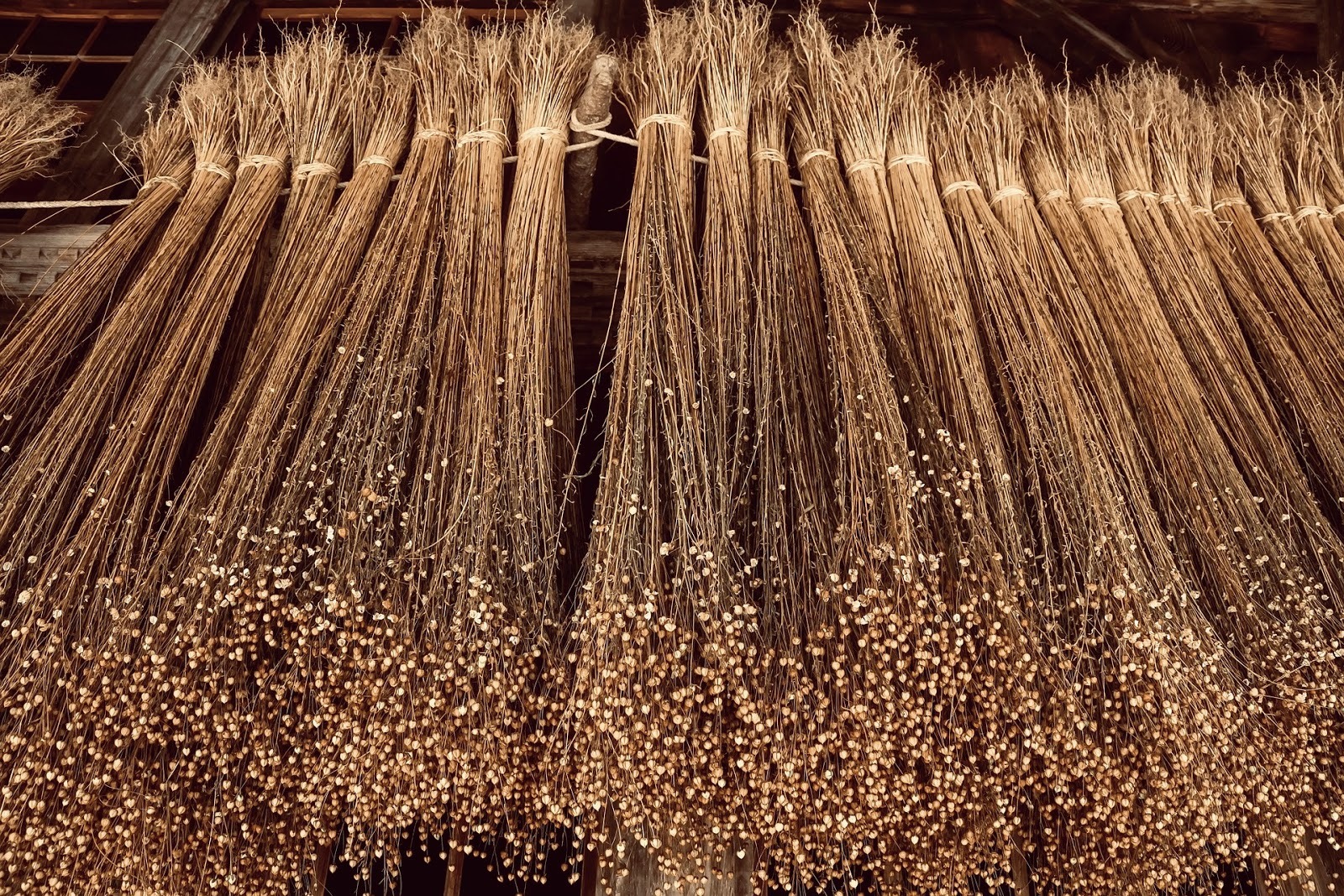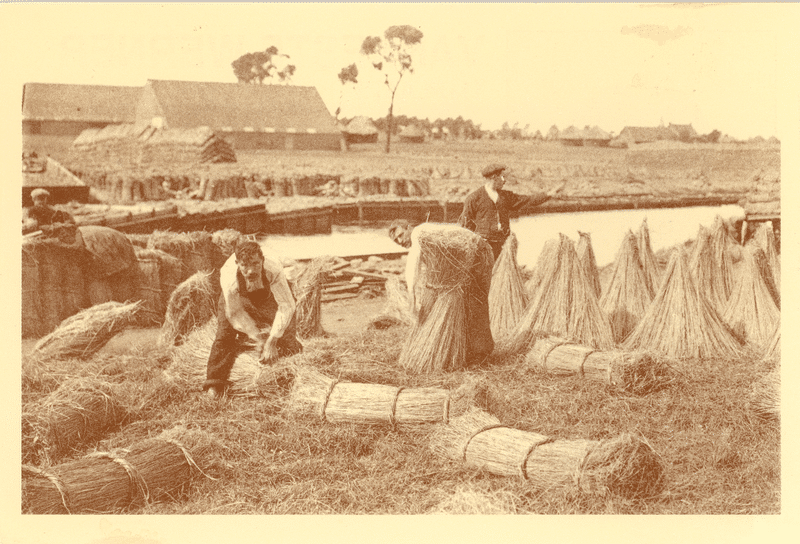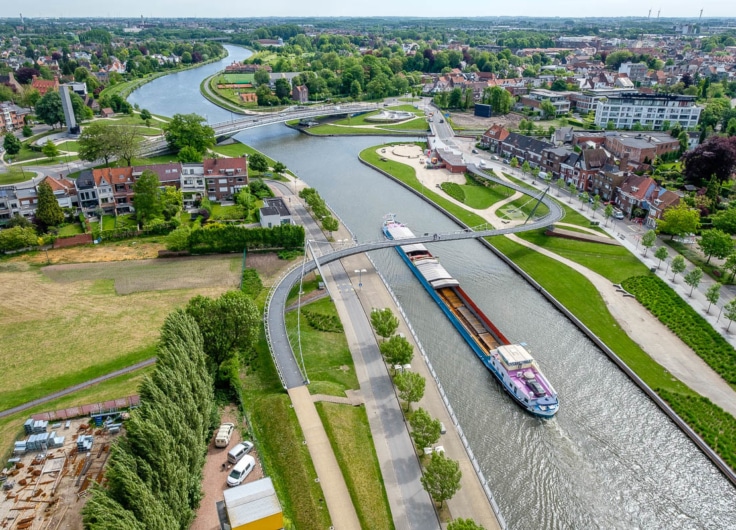‘In God we trust,’ it says on every United States dollar bill. ‘In Flemish flax we also trust,’ it might add.
Every one-dollar banknote is composed of a mixture of flax (25 percent) and cotton (75 percent). The flax is added to give the banknote its texture and strength. A euro banknote, which is 100 percent cotton, has a different texture. More shiny, less rough.

© pexels
The flax for the dollar bills is mainly supplied by the family business Vervaeke Fiber in Kuurne, West Flanders. The world’s oldest flax company, it was founded in 1892. In the 1960s, Vervaeke was asked by the U.S. Federal Reserve to supply flax fibres for the manufacture of one-dollar bills.

As the price of flax rose, the U.S. authorities proposed to replace the banknote with a one-dollar coin. But the American public wanted to keep the distinctive green notes.
The West Flanders flax growers were originally local farmers who cultivated the crop in their fields. The plant flourishes in the damp, mild climate along the banks of the River Lys, flowering just one day a year.
 Flax along the River Lys aka 'the Golden River'
Flax along the River Lys aka 'the Golden River'© Digitale collectie Vlaserfgoed Provincie West-Vlaanderen
Cultivated since the Middle Ages, flax has for centuries provided the raw material for linen fabric, as well as parchment, ropes, tents, mailbags and construction materials. The linseed oil from flax was used by the Flemish artist Jan Van Eyck to develop oil paintings.
The region became fabulously rich from this commodity, leading to the River Lys becoming known as ‘the Golden River’.





